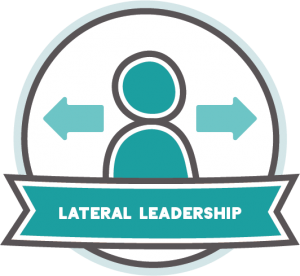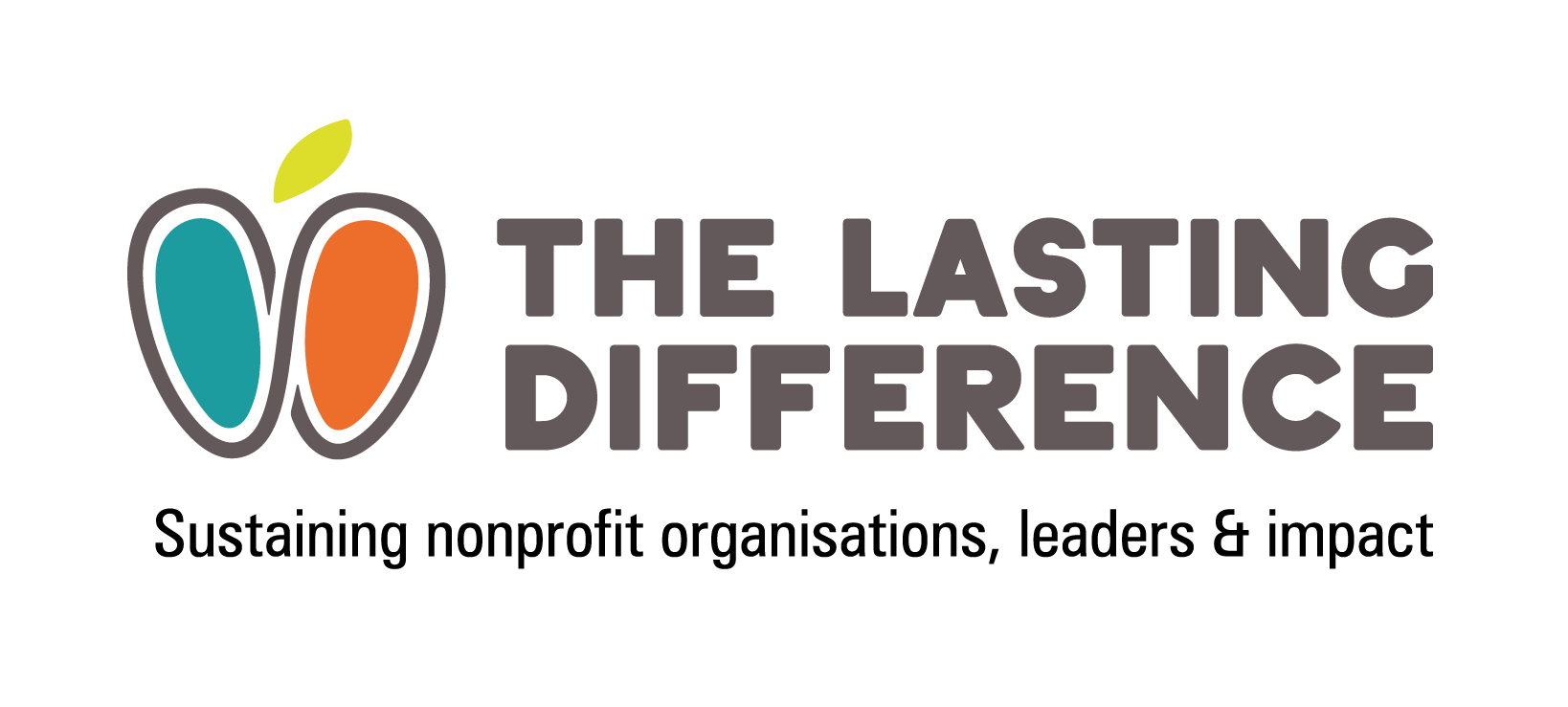One person alone cannot deliver an organisation’s strategic plan, but strategies are often seen as ‘belonging’ to the Chief Officer or senior team.
Lateral leadership involves people taking ownership, autonomy, and accountability regardless of their role or place in the hierarchy. This might sound straightforward in theory. In practice, capacity building requires time, commitment from all levels, a willingness to change – and leaders being prepared to let go. Download the free guide below to start building leadership capacity today.

Leaders are everywhere
Leadership is not about creating followers. It is about equipping others with the abilities and opportunities to exercise initiative and agency. Leadership is more than a job title or positional authority – it’s the ability to spot need, identify opportunities and take responsibility. Devolving leadership acknowledges that everyone in an organisation has knowledge, experience, skills and enthusiasm which they can bring to help an organisation achieve its goals – if they are given the opportunity. However, not everyone wants or feels ready to step up – sometimes people need more time and/or different types of support to feel comfortable. Leadership capacity needs to be nourished and nurtured.
Organisational culture can create sustainable leadership – or crush it
Devolving authority requires a commitment from all levels of the organisation to create a culture in which people’s capacity for leadership can develop. Traditional hierarchical control inhibits the development of shared leadership and authority – organisational structures and processes need to evolve as agency and accountability develop. This will often be messy at first as new ways of communicating and working develop. Shifting from a hierarchical structure to an adaptive and devolved culture requires a commitment to learning and adapting together, and a willingness to be comfortable with uncertainty as new processes evolve.
“Succession is easy to do when you lead with a devolved leadership style – it’s harder in a command and control style.”
It takes trust and courage
Sharing leadership requires a great deal of trust – and a willingness to let go. It requires leaders to be confident in themselves and others. It takes the courage to question and be questioned, to hold others to account and to be held to account. Leaders must trust themselves to step back and trust their teams to step up. Teams must also trust that leaders will encourage and recognise their efforts – not crush or ignore them. Letting go can make managers feel their identity or competence are being challenged – if they share their authority, what is their role? In lateral leadership, the role of leaders is to create other leaders.
“An open-door policy can make it feel that you don’t trust people to get on with their job or make decisions – sometimes we need to be less present, not more.”
It needs time and space
Lateral leadership is a learning process. It is about trying out new ways of working, enabling and supporting people to take ownership of key aspects of the organisation’s development and delivery. This can initially feel daunting to all those involved. People can feel unsure if they’re ‘doing it right’, so space and time to reflect with peers and managers is vital. With experience, anxiety will reduce, and confidence will grow. In this way of working, mistakes are seen as valuable learning opportunities.
“My gut instinct is always right. How do I support my team to develop that compass?”
Ownership and agency
In lateral leadership, there is individual and collective responsibility for learning and leading. People need to be accountable to themselves and to each other, their peers as well as their managers.
Effective delegation requires defining what success looks like to individuals, to their teams and to the organisation. This helps build ownership of not only the work but the results and their impact.
“This is what I think a leader should be, so I’ll be it.”
Value different viewpoints
Bringing people together from across the organisation will generate new insights, perspectives and ideas. People from different roles and from different levels will question why things are done in a particular way. They will bring their own experience of how things impact on their work and role. This is hugely valuable – it leads to fresh ways of approaching challenges and gives people an appreciation of others’ roles. The organisation is more than the sum of its parts – bringing people together builds an understanding of how all the parts, and roles, combine to achieve organisational goals.
“This has been a good opportunity to meet with staff from other areas to hear about good practice, to discuss ideas and issues. I also found that working with people from other areas led to thinking differently about some of the issues – seeing things from different perspectives.”
The Lasting Leadership Guide to Lateral Leadership sets out a number of practices, summarised here:
- Build ownership of organisational vision and outcomes
- Agree what devolved authority looks like
- Manage and protect the space and process
- Develop leadership capacity
- Develop devolved authority
- Provide clear commissioning and oversight.
